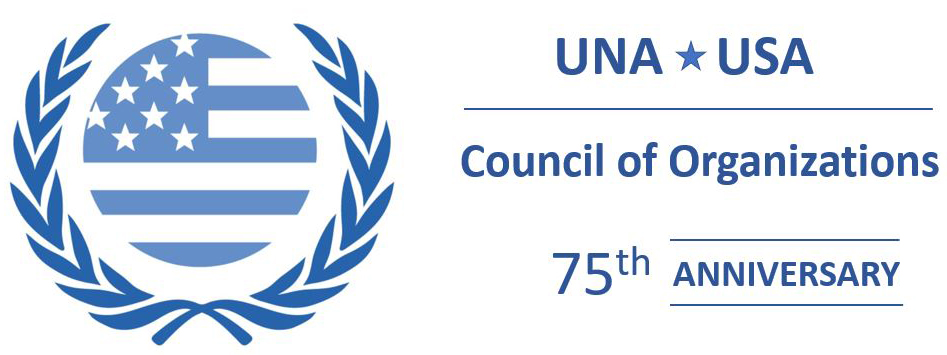Humanitarian Relief
Helping the Refugees
The world expects the UN to take lead in large scale humanitarian relief operations in the world’s worst emergencies. NGOs rely on the UN to provide the structure and leadership to work in refugee camps. Partner NGOs work through the UNA USA Council of Organizations to complement the UN’s relief work. They coordinate their work with UN Organizations such as the UN High Commissioner for Refugees (UNHCR), the UN Children’s Fund (UNICEF), the World Health Organization (WHO), and the World Food Program (WFP).
Emergency Health Care
- Reduce maternal and infant mortality rates
- Improve services for mothers and their newborns, sexual and reproductive health care
- Train local Rohingya on primary preventive healthcare and midwifery

Member NGO of the Council of Organizations (Global One) providing emergency health care services for Rohingya refugees in Camp 17, Ukhiya, Cox’s Bazar, Bangladesh.
Water, Sanitation & Hygiene
In September 2019, under the aegis of the Council of Organizations, NGO SPACE, completed sixteen Water, Sanitation and Hygiene projects in UN Rohingya Refugee Camps 5 and 17, Ukhiya, Cox’s Bazar, Bangladesh. The project benefitted 750 Rohingya refugees and host community members, and all remain functional.
- 4 deep tube wells for drinking water (benefitting 500 people)
- 4 community toilets (benefitting 110 people)
- 8 bathing and hygiene management facilities for women (benefitting 140 people)
- The total cost was $26,256, with construction completed in September 2019.
